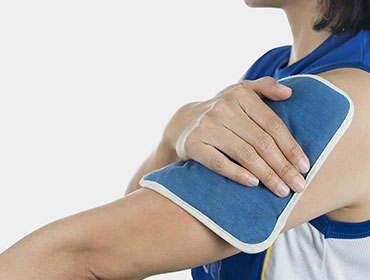OATS for Elbow and Shoulder
The OATS procedure, which stands for osteoarticular transfer system, is a surgical treatment for focal cartilage defects and the type of procedure is called a mosaicplasty
A mosaicplasty is a procedure that shifts cartilage from healthy portions of the joint to a damaged location. Only focused cartilage injury can be treated with this type of therapy. This means that mosaicplasty will not be able to address the widespread cartilage loss found in disorders like osteoarthritis. This treatment is reserved for small areas of cartilage injury, usually between 10 and 20 mm in diameter. This form of damage is more common in younger people (under 50 years old) who have had a joint trauma.
Procedure:
In this surgical treatment, Arthrex's Single Use OATS (Osteochondral Autograft Transfer System) is used. A recipient harvester, donor harvester, alignment rod, tamp, graft delivery tube, and core extruder are all included in the surgery kit.
Healthy cartilage and its underlying bone are removed from a neighbouring part of the joint and transplanted into the area with a cartilage defect, with the patient serving as both the donor and the recipient. The OATS donor harvester is placed on the donor surface and tamped in with a mallet until it is 15 millimetres into the donor surface. After that, the handle is spun to harvest the core and then withdrawn.
On the area with the focal cartilage defect, a socket is now created that will be the correct size to receive the plug. To achieve the correct size and depth of the hole, a recipient harvester is hammered in and twisted to remove a stopper. The depth is measured with an alignment rod, and any necessary changes are done to prepare it for the transplant graft.
The graft delivery tube is then inserted at the lip of the recipient socket and extruded into it once it is ready. The graft is then tapped into the socket with a tamp. The surgeon may utilise hydroxyapatite rods to fill the donor sites and biological glues to seal the recipient socket.

